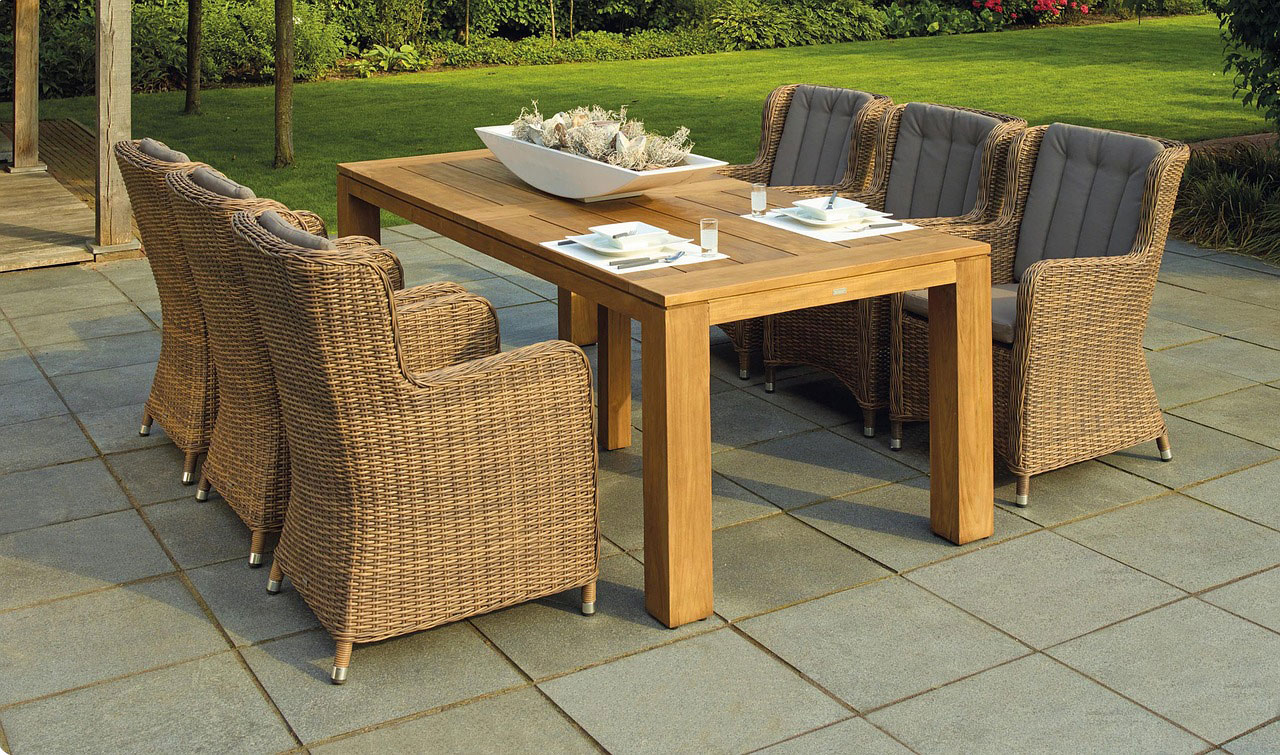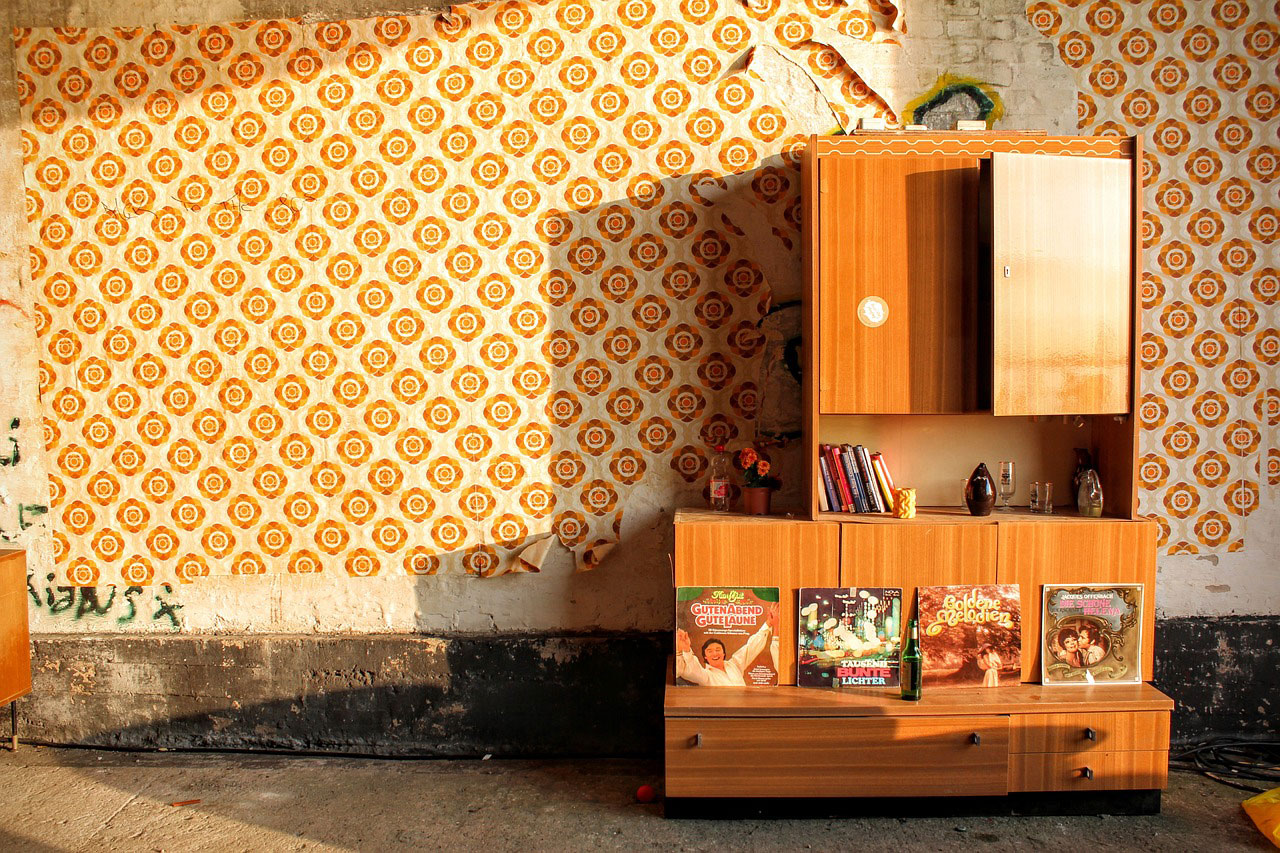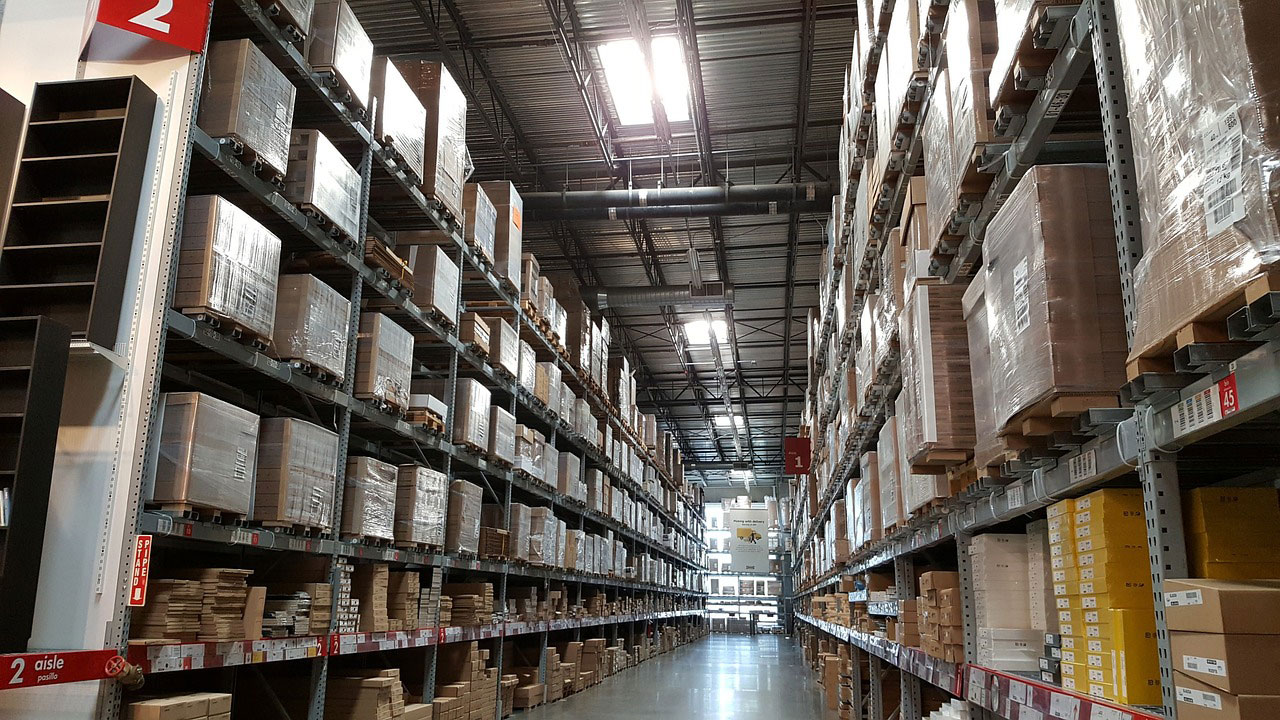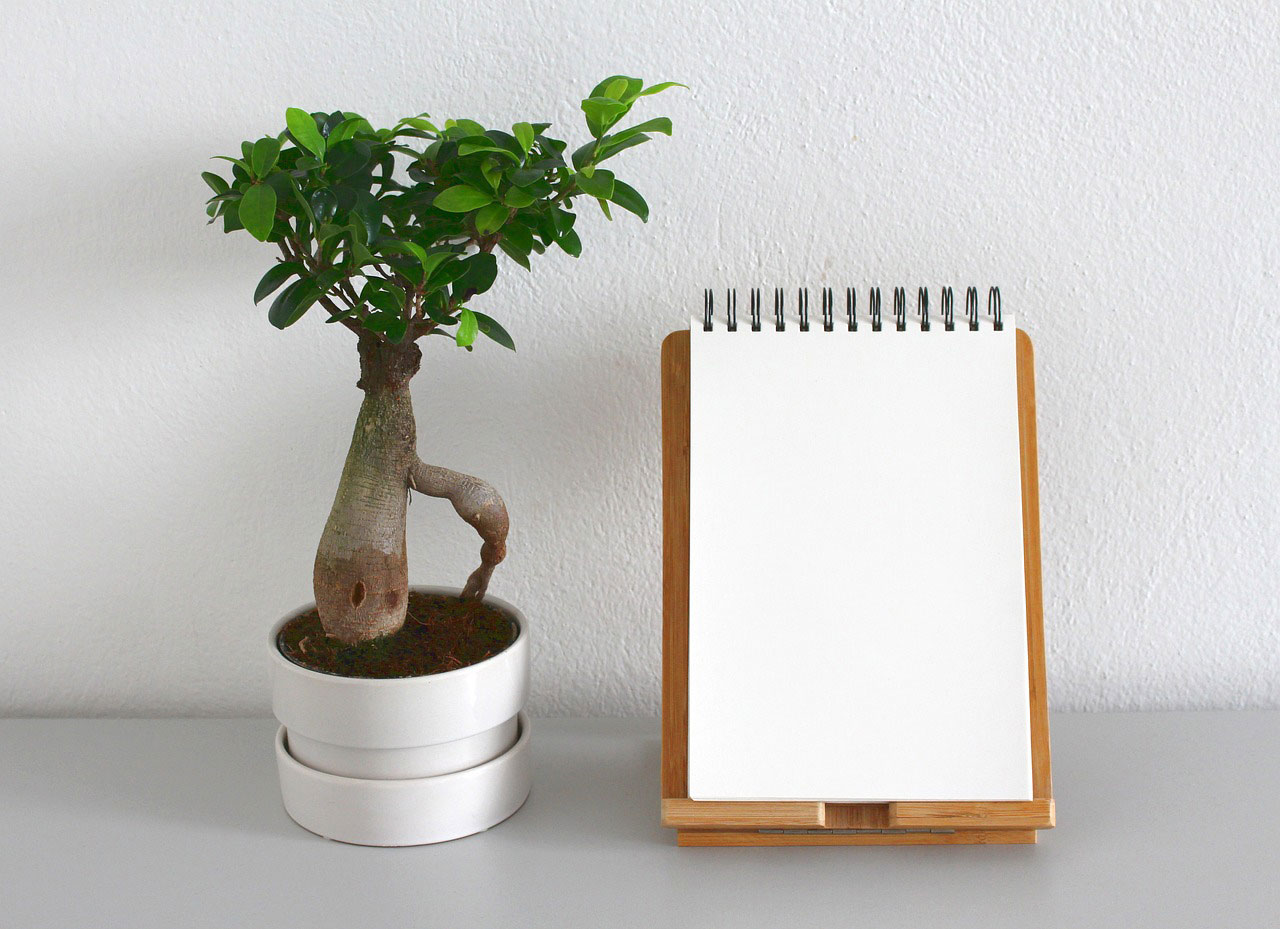As the seasons change, our home and garden priorities change with them. One moment, seemingly, we are looking at our summer garden furniture and contemplating an evening with cool drinks on the decking. The next, we’re looking for the decorations for the festive season – and these two considerations have something in common that characterises many of our home and garden choices. So many items are only in use for part of the year; what do we do with them when they aren’t in use?

The changing of the seasons brings a set of challenges for homeowners often dealt with on the hoof. Convenience often dictates that we simply put seasonal items wherever they’ll go; closets soon become over-stuffed and attics packed to capacity. It’s easy for the garage to become an overflow storage facility, but it needs to be usable for its initial purpose. So many of us are constantly seeking places to put stuff and it’s hard to do this without compromising on space. Below, we’ll look at the importance of seasonal rotation and how we can store things to simplify the seasonal transition.
The importance of seasonal rotation


Seasonal rotation is about more than just organisation; it has to do with maximising our living spaces for the purposes of each season. Storing away items not in use is essential to create a more spacious and harmonious environment. Each season has its own necessary items; cosy winter blankets, light summer cushions, and so on. Rotating these items means that our homes always hit the right seasonal note, but more importantly ensures that our homes are subject to a minimum of unnecessary clutter.
Just picture yourself in a sitting room in mid-December, where summer inflatables are cast here and there about the place. Equally, picture yourself in your garden in the middle of summer, with snow shovels propped against any spare surface. Not only do these anomalous items make the space feel cramped, they are extremely jarring, spoiling the season’s mood. By rotating things on a seasonal basis, we can root ourselves in the present, make the most of the season’s offerings and leave aside the distraction that such items cause.
That’s before you get to the benefits of a clutter-free environment; decluttering has been linked to positive aspects such as reduced stress and increased productivity. When things are organised, our minds find it easier to follow along. We think more clearly, relax more completely, and enjoy the spaces around us to the fullest degree. And even better than that; when you rotate items seasonally, they last longer, evading the wear and tear that comes with constant use.
Seasonal rotation, then, is a practice that enhances the aesthetic appeal of our homes but also adds a sense of well-being. It’s a ritual that signifies the passage of time, marking the end of one season and the beginning of another, and ensuring that our homes lose nothing on the function front nor the beauty one.
The challenges of in-home storage


While there is storage space in any home, it fills up quickly. It naturally will. Unless you can afford a whole lot of house, you’re not going to have a whole lot of storage space, and so you will tend to find that in-home storage has its limitations. As we’ve noted, there isn’t a lot of it, and some of it is probably already being used. In addition, it generally isn’t ideally appointed for a lot of the items you want to put in it. Humidity and the potential for pests means that what you put into storage might not come out in the same condition. This can be particularly problematic in the case of fabrics; that warm blanket you love in winter? Any mice in the area will also love it.
Additionally, if you put items into storage, the need to really pack them in will make it very difficult to store them tidily. This means when you go to get them back, you may find they’re extremely wrinkled and, potentially, prone to issues like mildew and mould. Vacuum storage bags are recommended for delicate items, but one additional word or warning here: make sure the vacuum bag is sealed to an airtight level – because if air starts getting into those bags, it can do all the more damage because it becomes trapped.
Attics and basements, at opposite ends of the house, have their own issues. Attics are known for extreme temperature fluctuations. Heat during the summer months is bad news for appliances, photographs and fabrics. Cold in the winter can, in extreme circumstances, even cause items to freeze, which leads to damage when they thaw. Basements, for their part, are prone to damp and possible flooding. And no matter how clean you keep your home, basements are prone to pests including rodents, which can lead very quickly to all kinds of damage.
Proper storage is not just a case of “out of sight, out of mind”. When you put items away, the goal should be to ensure their longevity and the preservation of their best condition. Unless careful consideration is given to how things are stored, they can become unusable outside of your observation. This is why it becomes necessary to think about options beyond the confines of the home, where they can be properly stored.
The benefits of external storage solutions


In the quest for maximum space, it’s no shock that so many homeowners are looking to external storage solutions. Such facilities offer a plethora of benefits that far outstrip the capabilities of in-home storage spaces.
Firstly, external storage units provide a custom space for your belongings, ensuring their condition is preserved while they are in storage. These units are generally climate-controlled, keeping them at a steady temperature and optimal humidity level for as long as they are stored. Whether you are storing consumer electronics, artwork, vintage clothing or important documents, they are kept in an environment that protects and preserves their integrity. Storage units come in various sizes, too, meaning that items from bulky furniture to delicate items can be stored comfortably.
For homes with limited storage space, which is most homes, external storage can be a game-changer. Most homeowners – and almost all renters – don’t have the luxury of capacious, climate-controlled attics and basements. Most of the time, they will lack the space to accommodate their seasonal items. External storage offers a flexible, secure alternative environment for those who need that space but don’t have a home that provides it. This means there need be no more cramming things in wherever you can, no more compromising on things to keep or throw, and no more hoping that your items will survive a winter in storage.
External storage also offers a level of protection that you can’t ensure at home. If you have valuable items that you don’t frequently use, then storing them is a question that needs to be answered. External facilities are equipped with 24/7 surveillance, access codes, and alarms. In the home, they are always at some risk of accidental damage or theft from burglars. Storing them off-site will generally mean that you can insure them at a lower cost than would otherwise be possible, among other benefits.
Flexibility is another thing that off-site storage has over home spaces. There are various different sizes of storage facility, so you can choose one that best suits your needs, so you’re not paying for space you don’t need. It’s still an additional cost on top of what you’re paying for your home, but it’s a cost you can control. For this and all the above reasons, it is a choice that a lot more householders are making in the present day.
Effective seasonal storage tips


If done the way it should be, seasonal storage is about more than simply hiding items away from sight, wherever they will go. It is about ensuring ease of access when the time comes to get them out of storage. To optimise your seasonal storage, it is worth doing the following:
- Label everything you store: Labelling boxes and containers will allow you to recognise what you are looking for immediately. This is a common tip but can be enhanced greatly by creating a manifest with all the items you have stored away, so before you even go to the storage unit or closet, you can immediately pinpoint where things are.
- Use clear containers: Once you step into a storage space, if the items are in clear containers, you can immediately see what’s inside and narrow your search down to a specific area.
- Check on things: Storage shouldn’t be a case of “out of sight, out of mind”, because once you forget about items it becomes all too easy to not care what happens to them. Go back and check on items on a semi-regular basis, and make changes if you feel the need.

![[AD - Press visit]
We enjoyed the glorious sunshine this weekend with a trip to Brighton. We went on the @brightoni360official which is right by the sea front.
The i360 pod take a slow journey up, allowing you to take in views across Brighton and the South Downs 450ft above ground. There’s a bar inside with drinks and snacks available to purchase and the experience lasts 25 minutes.
Afterwards, we headed to the open air roller rink for a roller skating session!
The roller rink is:
⭐ Suitable for over 5s
⭐ £6.50 if you have your own skates or £9.50 if you need to hire them
⭐ 45 minutes per session
Full details to visit the i360 + skating
📍 Brighton i360, Lower Kings Road, Brighton BN1 2LN
🚗 Parking nearby (we parked in the Regency Square Car park)
🎟️ Prices start from £25.40 for an adult and £16.90 for a child
🕐 Opening hours are currently Sun-Fri 10.30am-18.30pm and until 19.30pm on Saturdays
☕️ Bar inside the i360, cafe and gift shop
Book tickets here:
https://tickets.brightoni360.co.uk/tickets/?_ga=2.195305772.1869001490.1689671753-1757164059.1689671753/#events?eventid=157](https://storage.googleapis.com/stateless-www-suburban-mum-com/2024/03/28f4385e-417980235_313576471048632_3682382982231216432_n-180x320.jpg)
![[AD] ***Summer of fun at Barracudas Activity Camps!****
There is plenty for kids to do at @barracudas_activity_day_camps
From Tennis, Archery, Swimming, Motor Sports and more you can be sure that there will be something for kids aged 4.5-14. ⚽🏈🥅🎾🏓🏎️🏹🏊♂️🏉
You can book on a day by day basis - so it can fit in with any other days out/activities you have planned and there are early drop off and late pickup options available. Barracudas are also Ofsted registered so you can use your Childcare Vouchers too.
⭐⭐⭐Get £20 off a week or £4 off a day using my discount code: MARIA20⭐⭐⭐
#BarracudasActivityDayCamp #BarracudasActivityCamp #BarracudaAmbassadors #SummerHolidays #SchoolHolidays #Summer2023 #SummerCamp #DayCare #Camp #KidsCamp #surreymummy #surreymums #SummerOfFun #ActivityCamps #HolidayCamps #Childcare #SchoolHolidays #schoolholidaycamps](https://storage.googleapis.com/stateless-www-suburban-mum-com/2024/03/5e860bed-353583570_625625966167953_545896259645102575_n-180x320.jpg)



![[AD] We have some super exciting news...we have been chosen to be Laser Quest Ambassadors, and the boys are over the moon!
We are really lucky that our local Laser Quest (@laserquestkingston) is just around the corner from us. It means we can pop in of a weekend or anytime during the school holidays, and with summer just around the corner, I know Laser Quest will be one of our go-to places for some family fun.
As well as games of Laser Quest, there are also VR experiences and arcade amusements too. To find out a bit more about how Laser Quest works, you can read my blog post: https://www.suburban-mum.com/laser-quest-kingston/ (clickable link in bio)
Don't forget to keep an eye out for our Laser Quest posts - I'm going to be giving away two family passes to use at Laserquest Kingston!
If you can't wait and want to head down to Laser Quest to try it out, use the code SUMMER30 for 30% off your booking. The code is valid from now until the end of August 2023 and can be used on Laser Quest games and birthday party bookings.
#LaserquestAmbassador #Laserquest #LaserquestKingston #ActivitiesForKids #FamilyFun #DaysOutWithKids #Lasertag #LaserquestVR #Kingston #ThingsToDoInKingston #SurreyFamilyDaysOut #ThingsToDoWithKids #RainyDayFun #SurreyMummy #SurreyLife #LifeWithKids #LifeWithBoys #familyfunday](https://storage.googleapis.com/stateless-www-suburban-mum-com/2024/03/8aee7c64-353230107_797358078406942_2405522556733455165_n-320x320.jpg)

![[AD] The sun has finally made an appearance and the boys have been making the most of it by spending it
in the garden.
They’re go-to is always football and they’ve been trying to improve their aim and accuracy with the new Messi Foldable Footlball goal from the #MessiTrainingSystem range.
I love the fact the goal is foldable, making it easy to store away when not in use. It is also lightweight so you can effortlessly pack it up and take it to the park or to a friend’s house.
The Messi Foldable Football Goal retails at £36 and can be purchased from @argos
You can read my full review here: https://www.suburban-mum.com/messi-foldable-football-goal/
#TrainLikeMessi #FoldableFootballGoal #FootballSkills #OutdoorFun #LionelMessi #LeoMessi #FootballAtHome #OutdoorKids #JustGetOutside #OutdoorsAndFree #ScreenFreeKids #WhateverTheWeatherKids @flair_gp](https://storage.googleapis.com/stateless-www-suburban-mum-com/2024/03/0977c2ca-341194882_615024710178056_41977149395989448_n-180x320.jpg)

![[AD] We are absolutely thrilled to announce that we are Barracuda Ambassadors again this year.
With Easter just around the corner, the boys were sent the @barracudas_activity_day_camps new camp kit in preparation for the school holidays.
There’s a wide range of activities for kids aged 4.5 - 14 including Tennis, Archery, Basketball, Arts & Crafts and more.
If you like the sound of Barracudas, find out more over on their website. You can also save £20 a week or £4 a day, using my discount code: MARIA20](https://storage.googleapis.com/stateless-www-suburban-mum-com/2023/03/aa004e9d-337327232_3347621672145747_6958750057427557935_n-180x320.jpg)


![[AD - Gifted]
Last weekend we were invited to try out @tsarettaspice’s new Bottomless Brunch menu and I can tell you it was thumbs up all round!
There’s a good choice tapas on offer from Punjabi fish fingers, Indo Chinese Chicken to Spiced Lamb Scotch Eggs and Manchurian Cauliflower (which was amazing!)
If you’re local to Twickenham and fancy giving them a try here’s are the details.
Tsaretta Spice Bottomless Brunch
⭐️£37.50 per head for bottomless Prosecco or cocktail of the day
⭐️£55 per head for bottomless Champagne
⭐️ Food included: 4 tapas selections and dessert or 2 tapas selections, a pav or naanwich and dessert
⭐️ Non-alcohol brunch is also available
Tsaretta Spice
55 Church Street
Twickenham
TW1 3NR
You can also read our full review over on the blog (link in bio)](https://storage.googleapis.com/stateless-www-suburban-mum-com/2023/03/d63fb514-333324764_3585822551653806_1461730182166520034_n-180x320.jpg)
![[AD] What does family look like for you?
I am fortunate to be surrounded by strong, powerful women in the form of my mum, sister and mother-in-law (along with many others). With Mother’s Day just around the corner, @BootsUK want to celebrate all the different mums and mother figures we are lucky enough to have in our lives. They have a huge range of Mother’s Day gifts to choose from so we can show them how much they mean to us. (swipe to take a look at some of my choices)
If you want to express love and appreciation for the mother figure(s) in your life, head to Boots.com to find the ideal gift. They have a whole host of gifts, so you can be sure to find something to suit all tastes. Celebrate the #LoveForAllMums this Mother’s Day with Boots.
](https://storage.googleapis.com/stateless-www-suburban-mum-com/2023/03/a8f9bd79-334276459_136658625736352_6403224988403337253_n-320x320.jpg)

![📚 Are you ready for World Book Day? 📚
[AD - Gifted] I don't know about you, but I have never made the boys a costume for #WorldBookDay. I just don't have it in me to be creative that way. Their costumes have always been bought or cobbled together with what we already have, and luckily, the school allow you to wear pyjamas to school, which makes things a lot easier!
M has been living in his @TheRealTomGates pyjamas recently, and I think he might wear these when his World Book Day dress-up day comes around (the school celebrate with Book Week rather than just Book Day)
The boys have been fans of Tom Gates for a while now. M has always loved reading books that make him laugh and contain humour - they tend to keep him engaged in reading.
Did you know that there are now 20 Tom Gates storybooks to get stuck into? Ideal for kids aged 6-12, the series consists of feel-good, hilarious books full of photos and stories about Tom's life at home and school. Best of all, you can read them in any order.
The latest book is Tom Gates: Happy to Help (Eventually), and along with the pyjamas, you can pick them up from @GeorgeAtAsda just in time for World Book Day!
There's also a range of Tom Gates items, including games, puzzles and greeting cards at major retailers.
](https://storage.googleapis.com/stateless-www-suburban-mum-com/2023/03/8ddc1d60-333834012_233243062459121_4168822235387052550_n-320x320.jpg)


![[AD - Gifted]
We went to check out the newly opened @laserquestkingston last week.
Laser Quest, VR Experiences and Arcades all under one roof means only one thing - bundles of fun and games for the kids at really affordable prices.
Laser Quest games start from just £7.95 but you can also buy a Laserquest and VR Experience combo pass.
You need to purchase tokens for the arcades (they’re all 1 token to play). Arcade tokens are 6 for £5 or 12 for £10
Feeling super lucky that this is practically on our doorstep and we will definitely be back again because Mr H came second in our Laser Quest game and refuses to be beaten by E!
Do you have a Laserquest near you?
#Laserquest #LaserquestKingston #LaserTag #ActivitiesForKids #ThingsToDoWithKids #FamilyFun #IndoorActivities #Kingston #DaysOutWithKids #RainyDayFun #SurreyFamilyDaysout #SurreyMummy #SurreyDaysOut #SurreyLife #SurreyMums #FamilyDaysOut #LifeWithKids #LifeWithBoys #Familyof4 #Familydayout #Familyfunday](https://storage.googleapis.com/stateless-www-suburban-mum-com/2022/11/28c60989-316091191_1767700090262610_8985686719346908962_n-180x320.jpg)











![[AD] We have some super exciting news...we have been chosen to be Laser Quest Ambassadors, and the boys are over the moon!
We are really lucky that our local Laser Quest (@laserquestkingston) is just around the corner from us. It means we can pop in of a weekend or anytime during the school holidays, and with summer just around the corner, I know Laser Quest will be one of our go-to places for some family fun.
As well as games of Laser Quest, there are also VR experiences and arcade amusements too. To find out a bit more about how Laser Quest works, you can read my blog post: https://www.suburban-mum.com/laser-quest-kingston/ (clickable link in bio)
Don't forget to keep an eye out for our Laser Quest posts - I'm going to be giving away two family passes to use at Laserquest Kingston!
If you can't wait and want to head down to Laser Quest to try it out, use the code SUMMER30 for 30% off your booking. The code is valid from now until the end of August 2023 and can be used on Laser Quest games and birthday party bookings.
#LaserquestAmbassador #Laserquest #LaserquestKingston #ActivitiesForKids #FamilyFun #DaysOutWithKids #Lasertag #LaserquestVR #Kingston #ThingsToDoInKingston #SurreyFamilyDaysOut #ThingsToDoWithKids #RainyDayFun #SurreyMummy #SurreyLife #LifeWithKids #LifeWithBoys #familyfunday](https://storage.googleapis.com/stateless-www-suburban-mum-com/2024/03/8aee7c64-353230107_797358078406942_2405522556733455165_n.jpg)

![[AD] What does family look like for you?
I am fortunate to be surrounded by strong, powerful women in the form of my mum, sister and mother-in-law (along with many others). With Mother’s Day just around the corner, @BootsUK want to celebrate all the different mums and mother figures we are lucky enough to have in our lives. They have a huge range of Mother’s Day gifts to choose from so we can show them how much they mean to us. (swipe to take a look at some of my choices)
If you want to express love and appreciation for the mother figure(s) in your life, head to Boots.com to find the ideal gift. They have a whole host of gifts, so you can be sure to find something to suit all tastes. Celebrate the #LoveForAllMums this Mother’s Day with Boots.
](https://scontent-lhr6-2.cdninstagram.com/v/t51.29350-15/334276459_136658625736352_6403224988403337253_n.jpg?_nc_cat=100&ccb=1-7&_nc_sid=18de74&_nc_ohc=JiYOKFE9owwAb5JahtZ&_nc_ht=scontent-lhr6-2.cdninstagram.com&edm=ANo9K5cEAAAA&oh=00_AfCp9S6TQrtI5pH4j-1HTF2rbpkscKJ29YubSv--igiHuQ&oe=66340576)
![[AD] What does family look like for you?
I am fortunate to be surrounded by strong, powerful women in the form of my mum, sister and mother-in-law (along with many others). With Mother’s Day just around the corner, @BootsUK want to celebrate all the different mums and mother figures we are lucky enough to have in our lives. They have a huge range of Mother’s Day gifts to choose from so we can show them how much they mean to us. (swipe to take a look at some of my choices)
If you want to express love and appreciation for the mother figure(s) in your life, head to Boots.com to find the ideal gift. They have a whole host of gifts, so you can be sure to find something to suit all tastes. Celebrate the #LoveForAllMums this Mother’s Day with Boots.
](https://scontent-lhr6-2.cdninstagram.com/v/t51.29350-15/334067699_956216515750432_286974433888814683_n.jpg?_nc_cat=105&ccb=1-7&_nc_sid=18de74&_nc_ohc=Nw0wDWXcmXwAb4tl3Cc&_nc_ht=scontent-lhr6-2.cdninstagram.com&edm=ANo9K5cEAAAA&oh=00_AfCFJDaEapXTioPgcaKhnfmMLRjVOX6py573_IO-3pNbGw&oe=6634242E)
![[AD] What does family look like for you?
I am fortunate to be surrounded by strong, powerful women in the form of my mum, sister and mother-in-law (along with many others). With Mother’s Day just around the corner, @BootsUK want to celebrate all the different mums and mother figures we are lucky enough to have in our lives. They have a huge range of Mother’s Day gifts to choose from so we can show them how much they mean to us. (swipe to take a look at some of my choices)
If you want to express love and appreciation for the mother figure(s) in your life, head to Boots.com to find the ideal gift. They have a whole host of gifts, so you can be sure to find something to suit all tastes. Celebrate the #LoveForAllMums this Mother’s Day with Boots.
](https://scontent-lhr8-1.cdninstagram.com/v/t51.29350-15/334520323_227914339632366_7177231793717696790_n.jpg?_nc_cat=103&ccb=1-7&_nc_sid=18de74&_nc_ohc=l-8SVn4ZCmEAb44OCw9&_nc_ht=scontent-lhr8-1.cdninstagram.com&edm=ANo9K5cEAAAA&oh=00_AfCAUqOPzTT5uGVok28W1_wp13Pt6dKlOvWEeAYsHknFFQ&oe=66340B74)